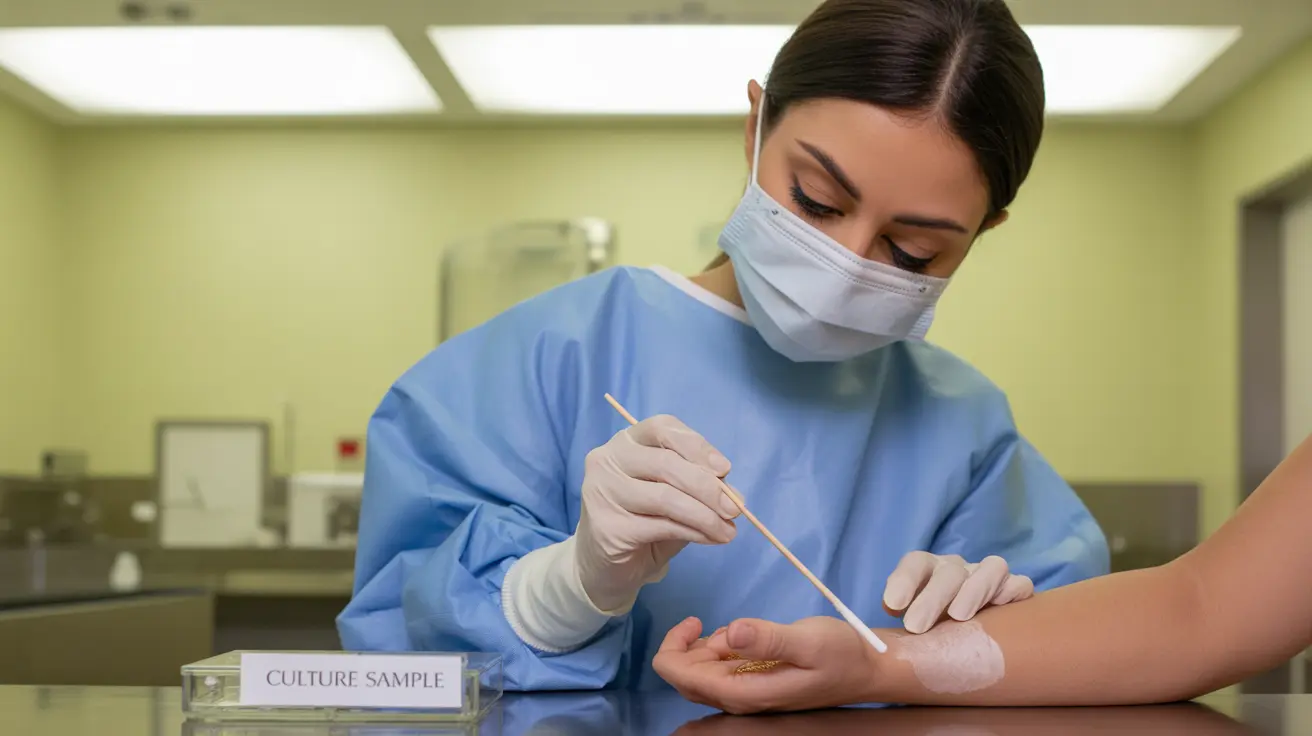A skin culture test is a valuable diagnostic tool that helps healthcare providers identify the specific organisms causing skin infections or conditions. This medical procedure involves collecting a small sample from the affected skin area and analyzing it in a laboratory to determine the exact type of bacteria, fungi, or other microorganisms present.
Understanding what a skin culture test entails can help patients feel more confident about the procedure and its importance in developing an effective treatment plan. Let's explore the key aspects of skin culture tests, including how they're performed, what they can detect, and what to expect during the process.
Purpose and Benefits of Skin Culture Tests
Skin culture tests serve several important medical purposes. They help doctors identify the specific pathogen causing an infection, which is crucial for selecting the most effective treatment. This targeted approach is particularly important in an era where antibiotic resistance is a growing concern.
These tests are typically recommended when:
- Skin infections don't respond to initial treatments
- There's uncertainty about the type of infection present
- The infection appears severe or unusual
- The patient has a weakened immune system
- There's a need to rule out specific pathogens
The Collection Process
The collection of a skin culture sample is a straightforward procedure that can be performed in a healthcare provider's office. The process typically involves cleaning the affected area and then using a sterile swab or other collection method to gather cells or fluid from the infection site.
For different types of skin conditions, various collection methods may be used:
- Swabbing the affected area
- Scraping scales from the skin
- Collecting fluid from blisters
- Taking a small tissue sample in some cases
Types of Infections Detected
Skin culture tests can identify a wide range of pathogens that cause skin infections. Common organisms that may be detected include:
- Staphylococcus bacteria, including MRSA
- Streptococcus bacteria
- Various fungal infections
- Certain viral infections
- Rare or unusual pathogens
Understanding Test Results
After collection, the sample is sent to a laboratory where it's placed in a special medium that promotes organism growth. This process allows healthcare providers to:
- Identify the specific type of infection
- Determine which antibiotics will be most effective
- Rule out certain types of infections
- Monitor the progression of treatment
Frequently Asked Questions
What is a skin culture test and why is it done? A skin culture test is a diagnostic procedure that identifies specific organisms causing skin infections. It's performed to determine the exact cause of an infection and guide appropriate treatment choices.
How is a skin culture sample collected and does it hurt? The sample is typically collected using a sterile swab or by gently scraping the affected area. While there might be mild discomfort, the procedure is generally quick and causes minimal pain.
What types of infections can a skin culture detect? Skin cultures can detect various bacterial infections (like staph and strep), fungal infections, and some viral infections. They're particularly useful in identifying antibiotic-resistant bacteria.
How long does it take to get results from a skin culture? Results typically take 24-72 hours, depending on the type of organism being tested for. Some organisms may take longer to grow in the culture medium.
Are there any risks or special preparations needed before a skin culture test? There are minimal risks associated with skin culture tests. No special preparation is typically required, though patients should inform their healthcare provider about any current medications or topical treatments they're using.




